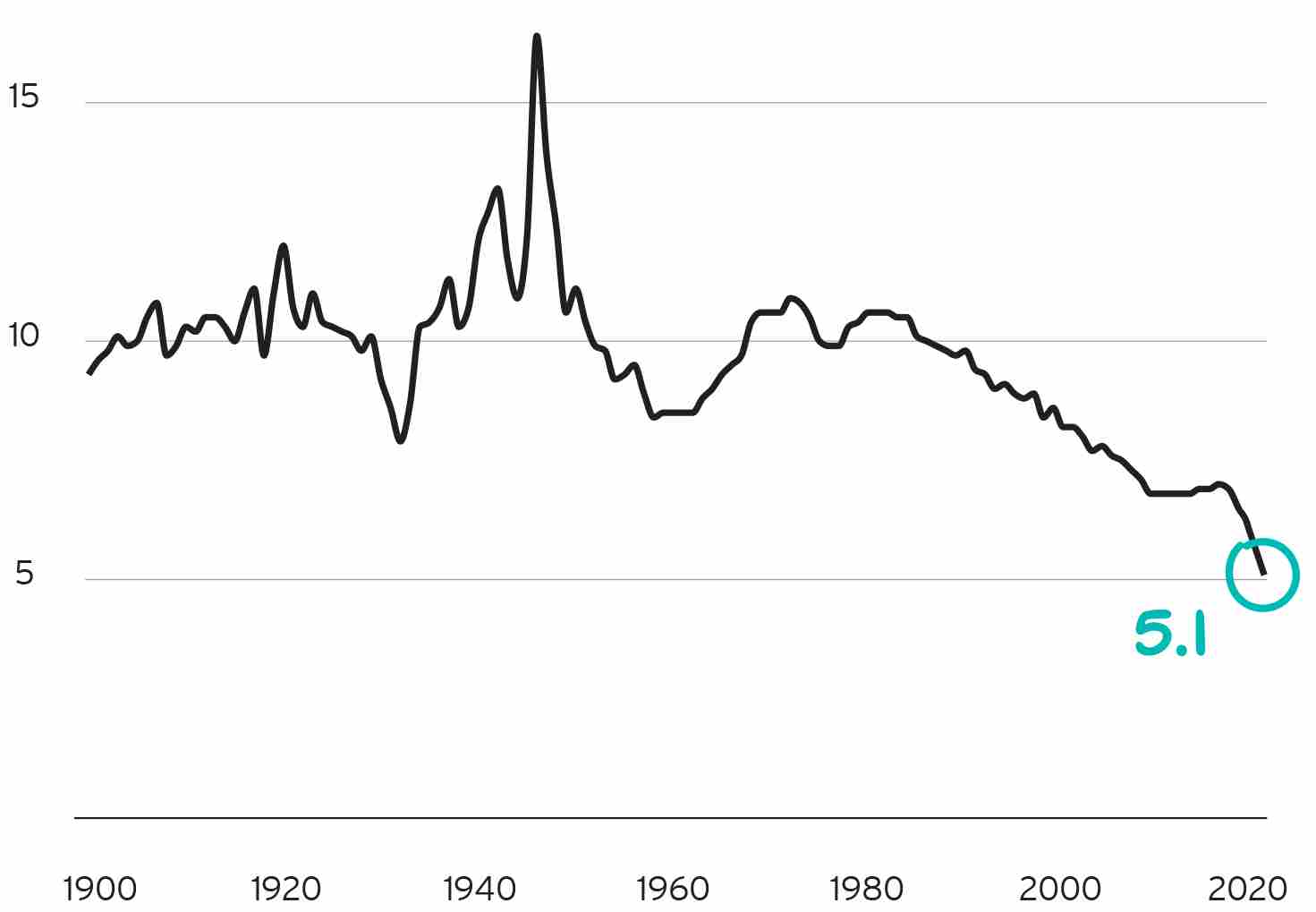Marriage Rates Are at Record Lows
Marriage rates in the U.S., on the decline for decades, hit an all-time low in 2020 of 5.1 per 1,000 people. That’s lower than the 7.9 reported in 1932, during the Great Depression.
The marriage rate has fallen faster at lower income levels. From 1970 to 2011, men in the bottom third of incomes were over 30% less likely to get married, while marriage rates for men in the 85th percentile and higher dropped less than 15%. Women at lower income rates have experienced significant but slightly lower declines than men, while higher-income-earning women have hardly seen their marriage rate decline at all—for women earning the top 1% of income, it actually increased over the period. Theirs was the only income cohort to see a rise in matrimony.
Marriage is a powerful institution. It gives us a partner—economically, emotionally, and logistically. Two people form a more efficient household and build a stronger foundation that consistently proves to produce better outcomes for children. A household of unmarried parents makes just two-thirds of the income a married couple makes. Married people have better health insurance (as do their kids) and greater access to social networks (via their spouse). So, not surprisingly, they tend to live longer, experience fewer strokes and heart attacks, and have a lower incidence of depression.
54

Marriage Rates
Per 1,000 population

Source: CDC.